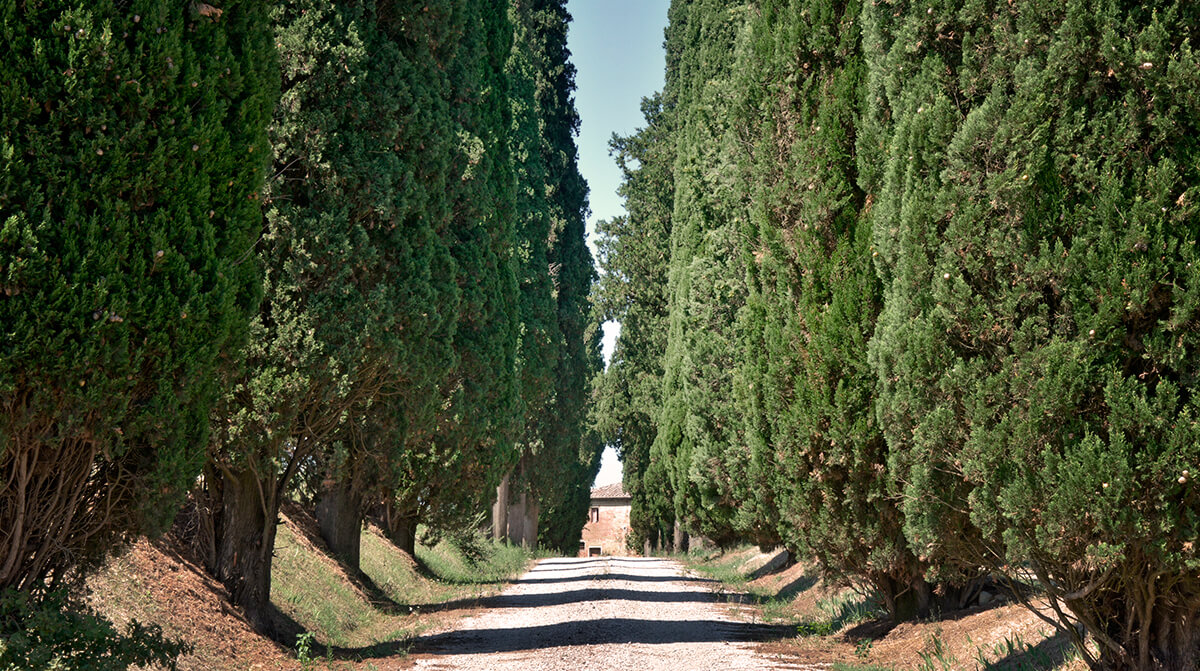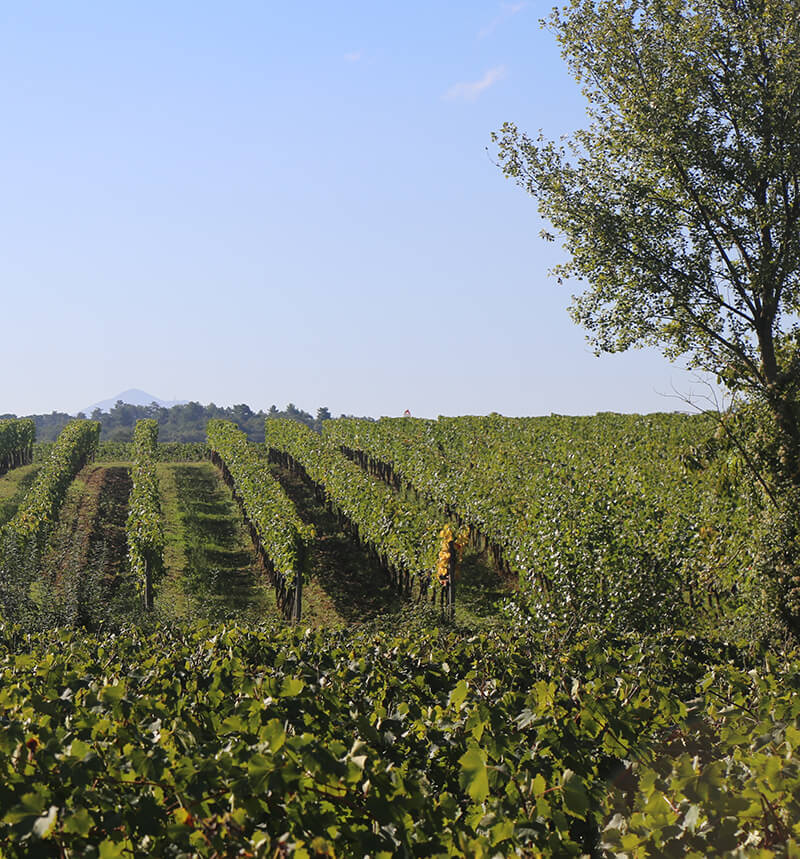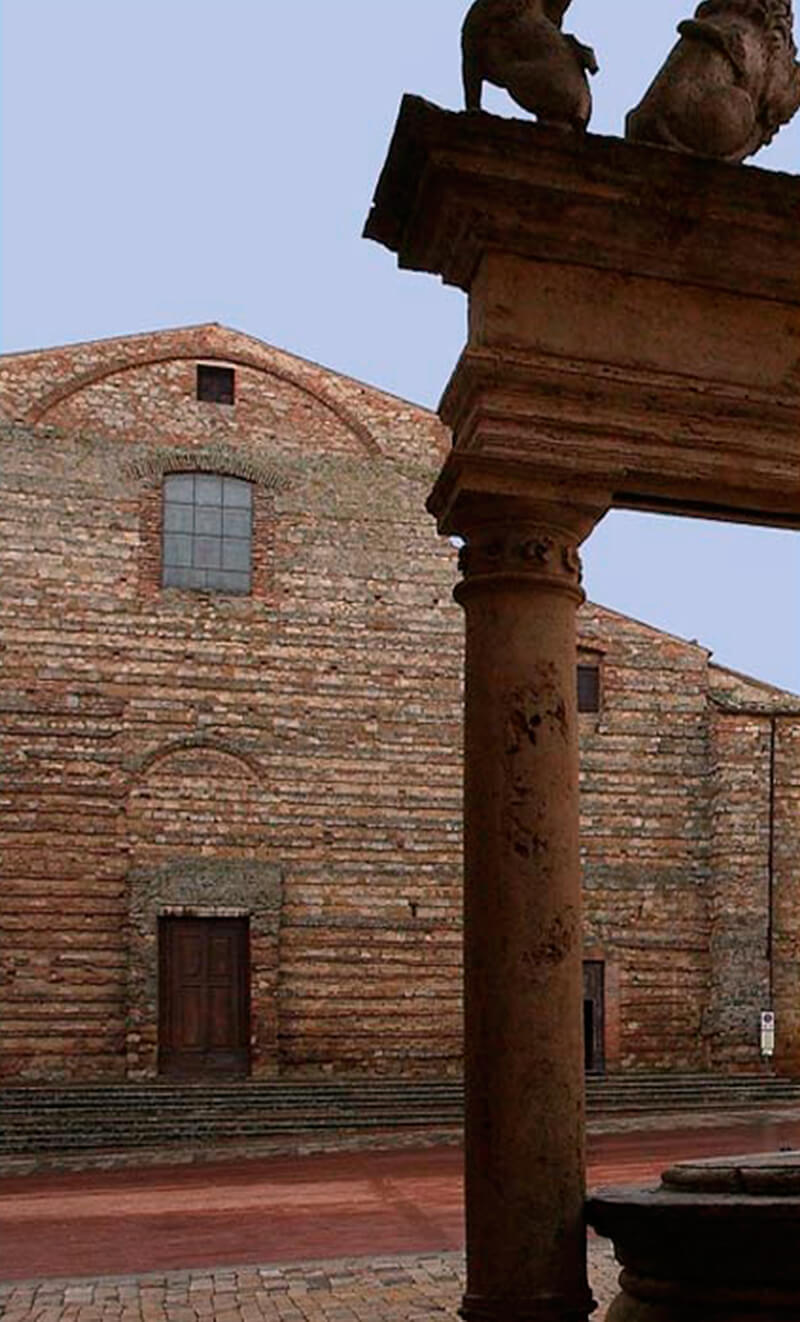The Terroir
Montepulciano and Valdichiana: extolled by writers and poets from Redi to Voltaire, from Calamandrei to d’Ormesson and painted by great artists, from the Rennaissance period to J.S. Sartgent and the Macchiaioli school (Lega and Tommasi), this beautiful region continues to inspire and move all those who come to visit it.
The valley, with its alluvial soil, covers a territory that extends over 23 municipalities on the border between Tuscany and Umbria. Situated between the provinces of Arezzo and Siena in Tuscany and those of Perugia and Terni in Umbria, it lies half way between Florence and Rome.
The valley, with its alluvial soil, covers a territory that extends over 23 municipalities on the border between Tuscany and Umbria. Situated between the provinces of Arezzo and Siena in Tuscany and those of Perugia and Terni in Umbria, it lies half way between Florence and Rome.
A landscape of rolling hills, pine and oak forests alternating with small urban areas, steeped in Rennaissance history and art: a place suspended in time, with colours and perfumes that enchant the visitor.
The vineyards planted on this rich and fertile soil produce some of the best Italian wines. The small medieval hamlets reflect the colours of the earth and transport us into a world of sensations, tastes, smells, culture and tradition that seems to hover between fairytale and reality.
The beautiful and fertile Montepulciano region, with its rich cultural and natural heritage, produces wines of exceptional quality. Situated at an altitude of 250 to 580 metres, the history of this ancient land, dating from the Pliocene Epoch 5,332 million years ago, has always been connected with wine.
Montepulciano maintains traces of its Etruscan heritage. In 1868, the excavation of an Etruscan tomb brought to light a kylix (wine cup), a reminder of the ancient ties that bind this land to wine.
In his History of Rome (written between 27 B.C. and 14 A.D.), Titus Livius (Livy) reports that the Gauls came to Italy because they were attracted by the wine produced in this fertile area.
The most ancient document regarding the wine of Montepulciano dates back to 789 A.D.; it has furthermore been known since the early Middle Ages that the vineyards of Mons Pulitianus, the Latin name for Montepulciano, produced excellent wines. Many others have since sung the praises of this mellow wine, from the cellarman of Pope Paul the 3rd Farnese in the 16th century to the doctor and naturalist Francesco Redi who composed a poem in honour of “Montepulciano, king of wines!”.
Montepulciano maintains traces of its Etruscan heritage. In 1868, the excavation of an Etruscan tomb brought to light a kylix (wine cup), a reminder of the ancient ties that bind this land to wine.
In his History of Rome (written between 27 B.C. and 14 A.D.), Titus Livius (Livy) reports that the Gauls came to Italy because they were attracted by the wine produced in this fertile area.
The most ancient document regarding the wine of Montepulciano dates back to 789 A.D.; it has furthermore been known since the early Middle Ages that the vineyards of Mons Pulitianus, the Latin name for Montepulciano, produced excellent wines. Many others have since sung the praises of this mellow wine, from the cellarman of Pope Paul the 3rd Farnese in the 16th century to the doctor and naturalist Francesco Redi who composed a poem in honour of “Montepulciano, king of wines!”.
The Vino Nobile di Montepulciano is one of the oldest and most prestigious Tuscan wines: it comes from a clone of the Sangiovese variety which in Montepulciano is called Prugnolo Gentile, because of its characteristic plum bouquet.
The special link between Sangiovese and the terroir, going back to ancient times, as well as the rich sand and clay soil, create the ideal conditions for producing full-bodied, aromatic wines with delicate tannins.
Since 1980, the Vino Nobile di Montepulciano is a “vino a denominazione di origine controllata (DOCG)” (controlled and guaranteed designation of origin), which corresponds to the highest recognition on the Italian wine market.
The special link between Sangiovese and the terroir, going back to ancient times, as well as the rich sand and clay soil, create the ideal conditions for producing full-bodied, aromatic wines with delicate tannins.
Since 1980, the Vino Nobile di Montepulciano is a “vino a denominazione di origine controllata (DOCG)” (controlled and guaranteed designation of origin), which corresponds to the highest recognition on the Italian wine market.


